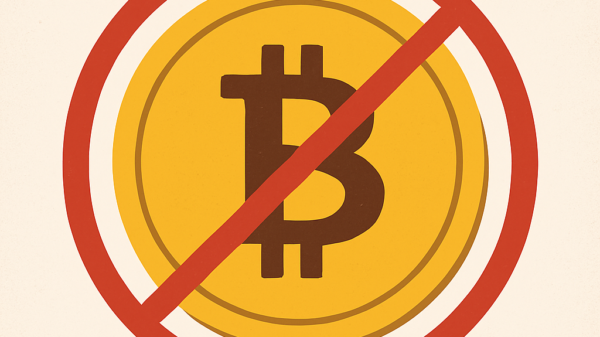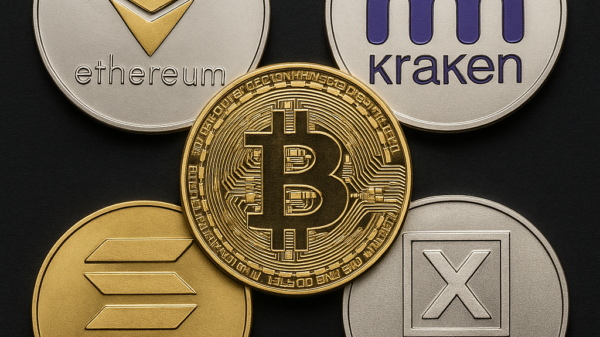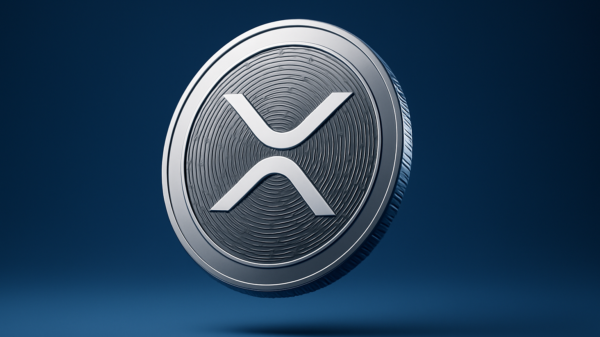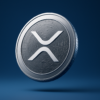Bitcoin (BTC) mining difficulty reached a new all-time high of 134.7 trillion on Friday, marking a notable increase in the network’s operational deman
ds.
The previous record occurred in August, but difficulty steadily climbed throughout the month, defying projections that suggested a decline.
The average hashrate—the total number of hashes per second contributed by all miners—has fallen to 967 billion hashes per second, down from the all-time high of over 1 trillion hashes per second recorded on August 4, according to CryptoQuant.
Consequently, miners now face tighter conditions in a sector already defined by narrow profit margins.
Bitcoin mining difficulty is a measure of how hard it is to find a valid hash for a new block on the blockchain. The network automatically adjusts this difficulty approximately every two weeks, or every 2,016 blocks, to maintain an average block time of about 10 minutes.
If blocks are mined faster than this target, the difficulty increases; if blocks are mined slower, the difficulty decreases. This adjustment is calculated based on the total computational power, or hashrate, of the network. Higher difficulty requires miners to perform more hashing computations to solve the cryptographic puzzle, ensuring a steady and predictable rate of block creation.
Consequently, mining difficulty acts as a self-regulating mechanism. It balances the supply of new Bitcoin and maintaining network stability regardless of fluctuations in miner participation or computing power.
Higher difficulty has raised concerns over the centralization of Bitcoin mining.
As the computational cost to mine blocks escalates, large corporations and mining pools gain increasing control over network operations.
Read more: Hive Digital Technologies ramps up production at Paraguay
Read more: CleanCore Solutions plummets after announcing Dogecoin treasury strategy
Small scale miners can still compete with the Bitcoin big boys
Smaller operators face greater challenges, as solo mining becomes progressively more expensive and technically demanding. In addition, high difficulty amplifies energy consumption, further limiting opportunities for small-scale miners to compete effectively.
Despite these challenges, solo and small miners also continue to find success on occasion.
In July and August, three solo miners secured block rewards valued at more than USD$344,000 each. The first miner successfully mined block 903,883 on July 3, netting just under USD$350,000 in block subsidy rewards. Subsequently, another miner added block 907,283 on July 26, claiming over USD$373,000 in combined rewards.
On August 17, a third solo miner mined block 910,440, similarly collecting USD$373,000 in block subsidies and network fees. All three miners operated through the Solo CK pool, a mining pool that enables individuals to compete against institutional players.













